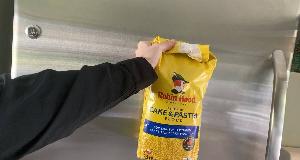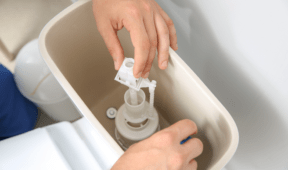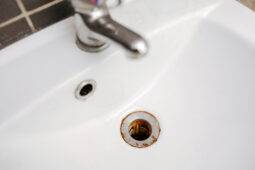How to Fix Loose or Wobbly Stair Railings in Minutes
A loose or wobbly stair railing isn’t just an inconvenience—it’s a serious safety concern. Whether it’s caused by daily wear and tear or improper installation, a shaky railing can lead to accidents if not addressed promptly. Fortunately, with a few common tools and a bit of time, you can fix your loose handrail in minutes without needing professional help. Here’s how to get the job done quickly and effectively.
Follow this guide to identify the issue and make the necessary repairs. By addressing the problem early, you’ll ensure the stability of your railing, keeping your home both safe and visually appealing.
1. Identify the Problem
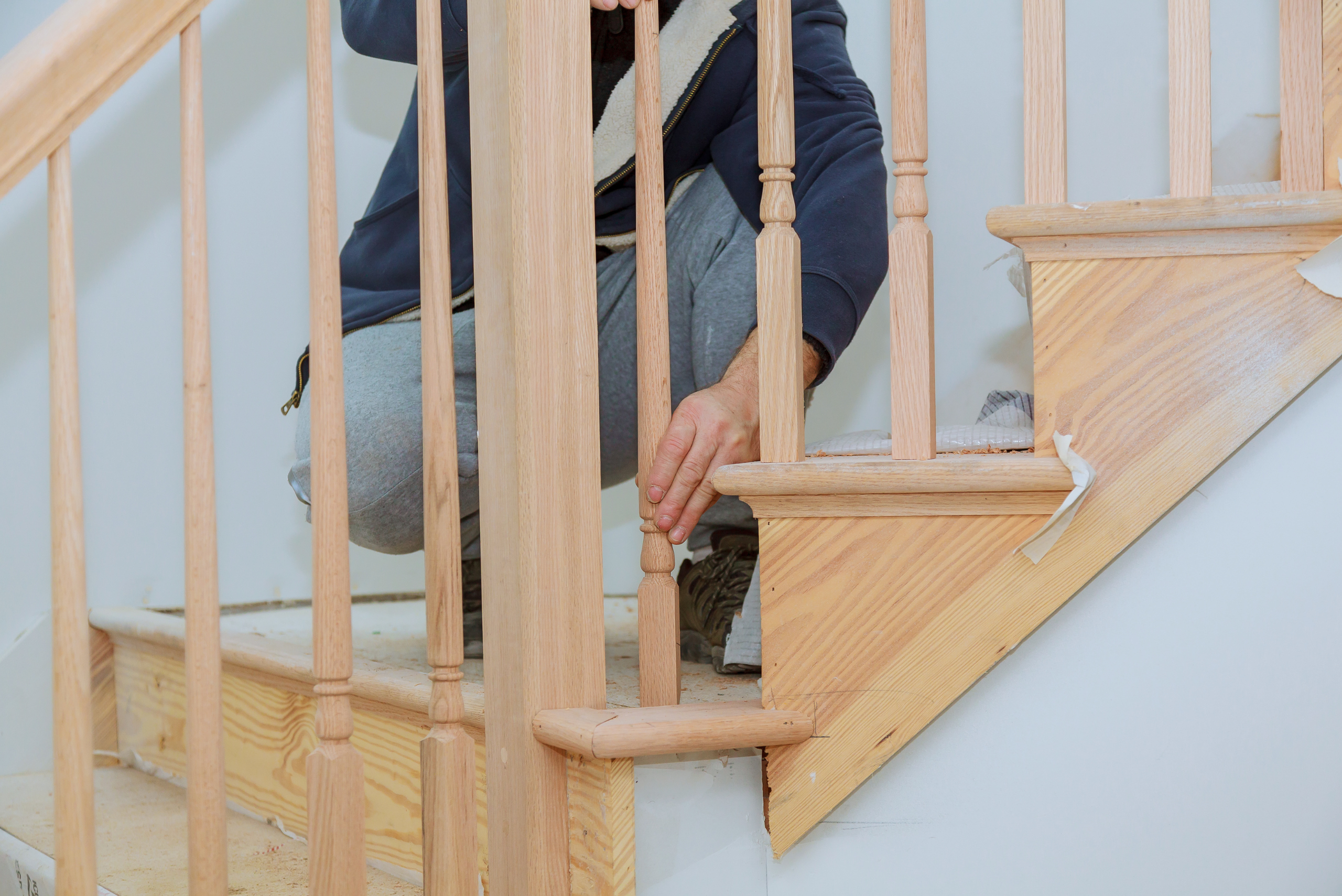
Before diving into any repairs, it’s essential to determine what’s causing the wobble. Common causes include loose screws, damaged mounting brackets, or weak wall anchors. In some cases, the railing itself may be damaged, or the wall behind it may not be properly supporting the handrail. The issue could also stem from worn-out wood glue or connectors, particularly with older wooden staircases.
Carefully inspect the railing’s joints, brackets, and the point where it attaches to the wall. Check for visible signs of wear or movement when you push or pull the railing. Once you know where the problem lies, you’ll be better equipped to apply the right fix without wasting time or materials.
2. Tighten Screws and Bolts
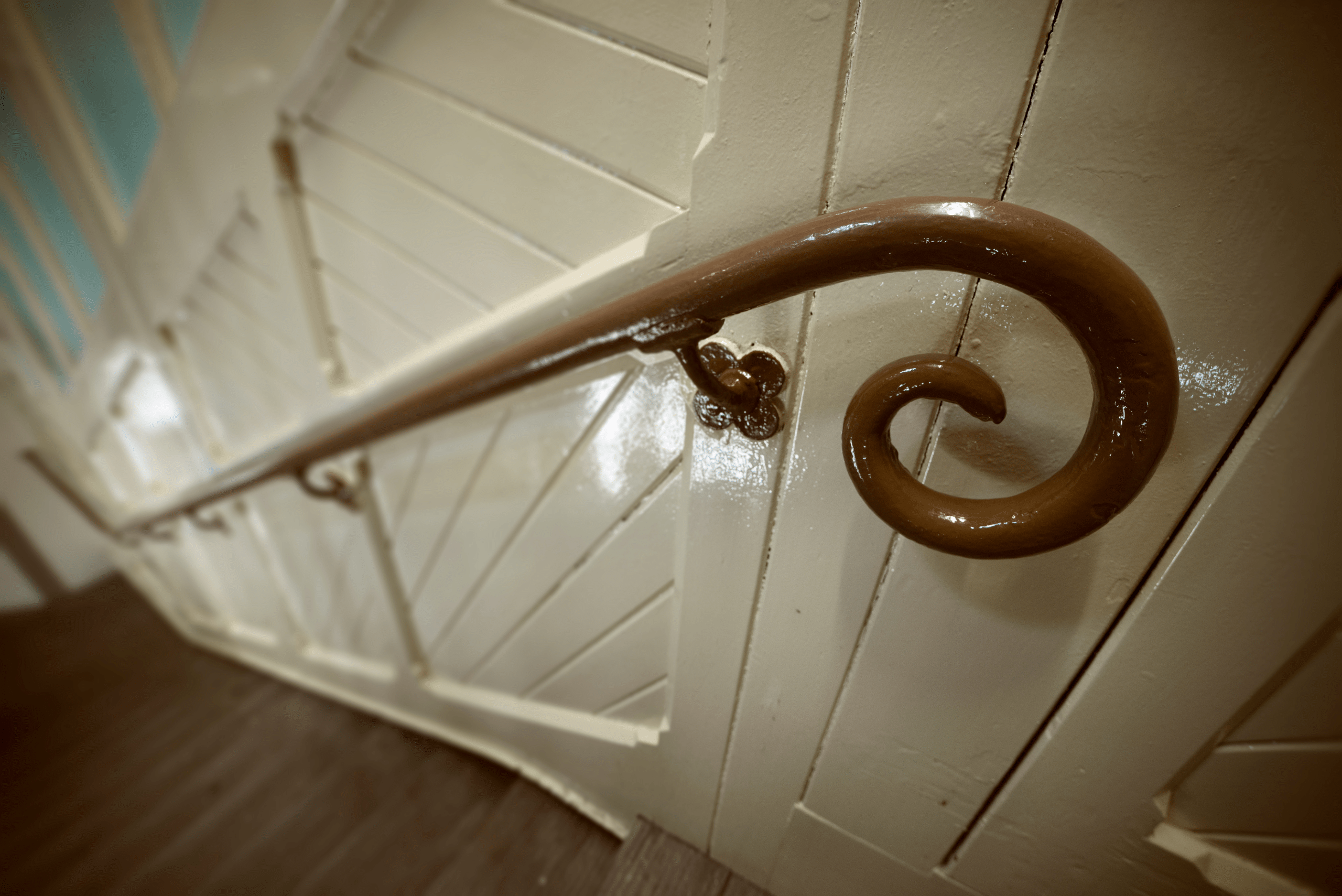
One of the most common reasons for a loose railing is simply that screws or bolts have become loose over time. Using a screwdriver or wrench, go over each screw and bolt securing the handrail to the wall, posts, or balusters. This includes the screws in the brackets or any hidden fasteners behind decorative covers. Tighten everything thoroughly to remove any slack or wiggle in the railing.
If tightening alone doesn’t solve the issue, the screws or bolts may be stripped. In that case, replacing them with new hardware or using a larger size could provide a more secure fit. Always use screws appropriate for the material you’re working with to ensure a lasting repair.
3. Reinforce with Wall Anchors
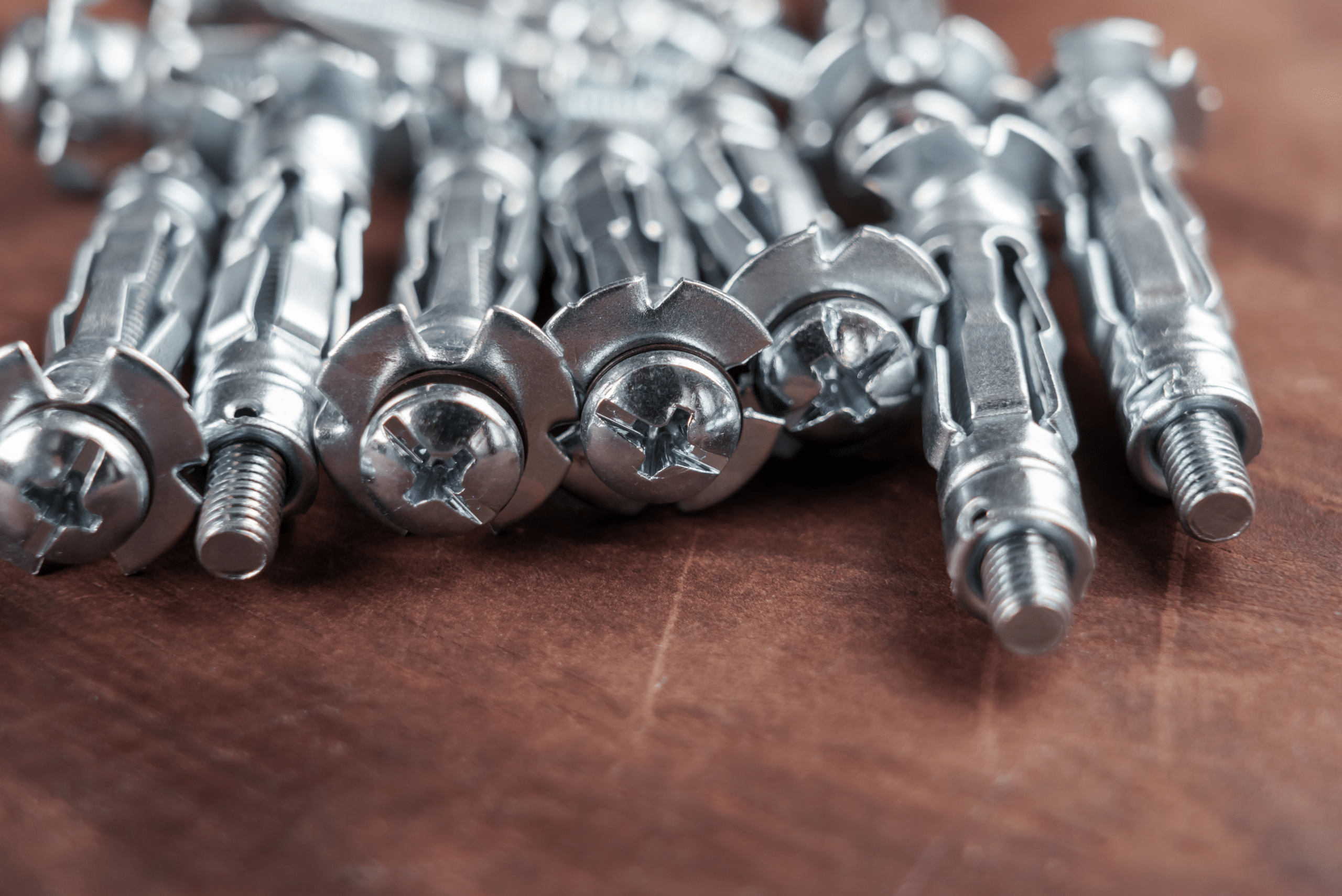
Start your next woodworking adventure with TedsWoodworking! Dive into 16,000+ projects and bring your ideas to life. Build unique furniture and master new skills with Ted’s detailed, step-by-step plans guiding you every step of the way.
If the screws aren’t gripping the wall securely, you may need to reinforce the railing with wall anchors. Wall anchors are especially useful if you’re attaching the railing to drywall, as they help provide extra support. Start by removing the loose screws and drilling larger holes if needed. Insert sturdy wall anchors into the holes—these expand inside the wall to offer greater holding power.
Once the anchors are in place, reinsert the screws or bolts through the railing brackets and into the anchors. Tighten them securely. This should eliminate the looseness and give your handrail much more stability, particularly if the original wall material wasn’t strong enough to hold the screws tightly.
4. Replace Worn-Out Brackets
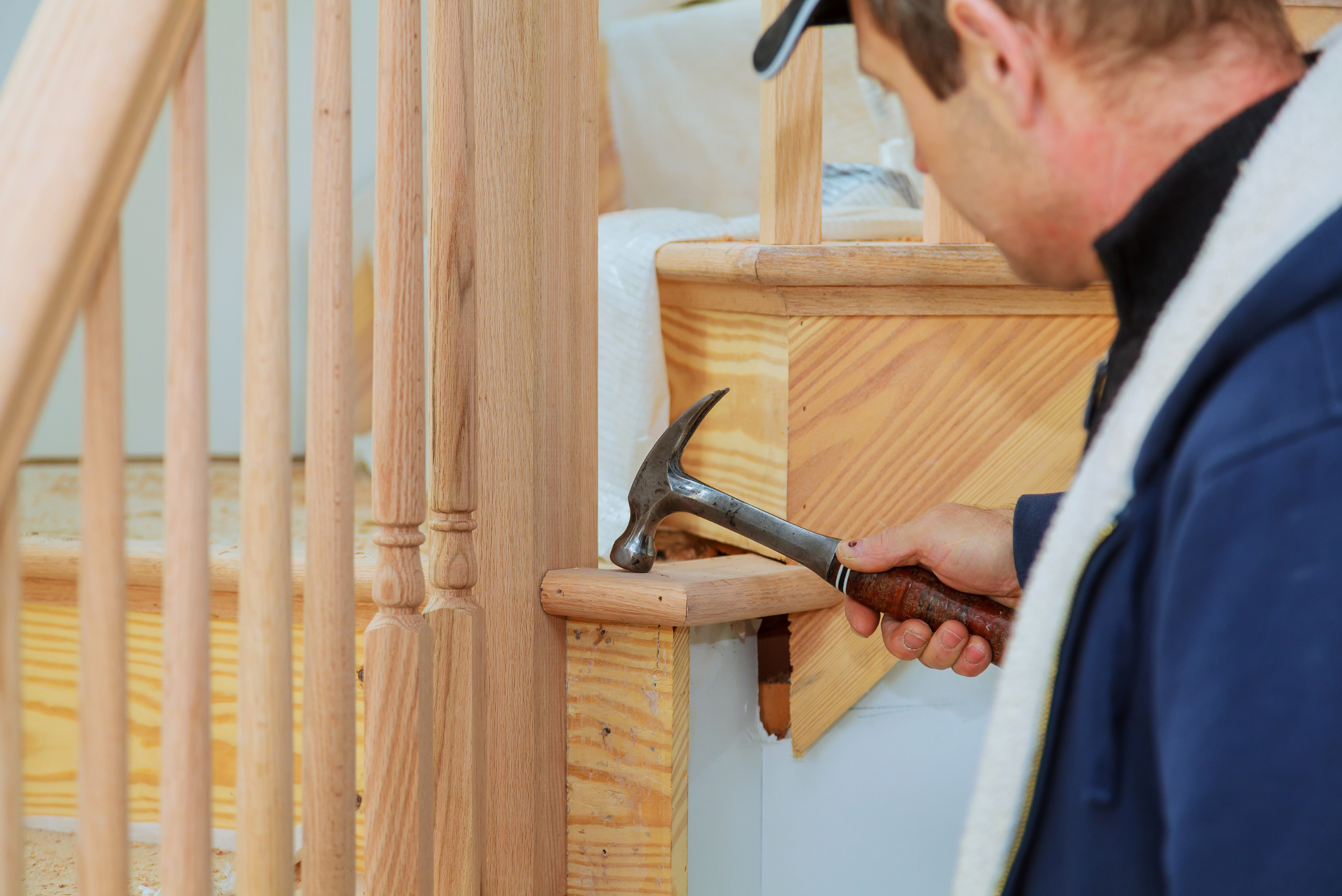
Sometimes, the brackets or mounts themselves may be the source of the problem. Over time, metal brackets can bend, or plastic ones may crack, weakening the overall support of the handrail. If you notice any signs of damage to the brackets, it’s best to replace them entirely. When choosing replacements, make sure they are of similar size and design, so you can reuse the existing screw holes.
To replace the brackets, remove the old ones by unscrewing them from both the wall and the handrail. Install the new brackets by screwing them securely into the same locations, ensuring they are perfectly aligned. A sturdy set of brackets will make a significant difference in the railing’s stability.
5. Use Wood Glue for Wooden Railings
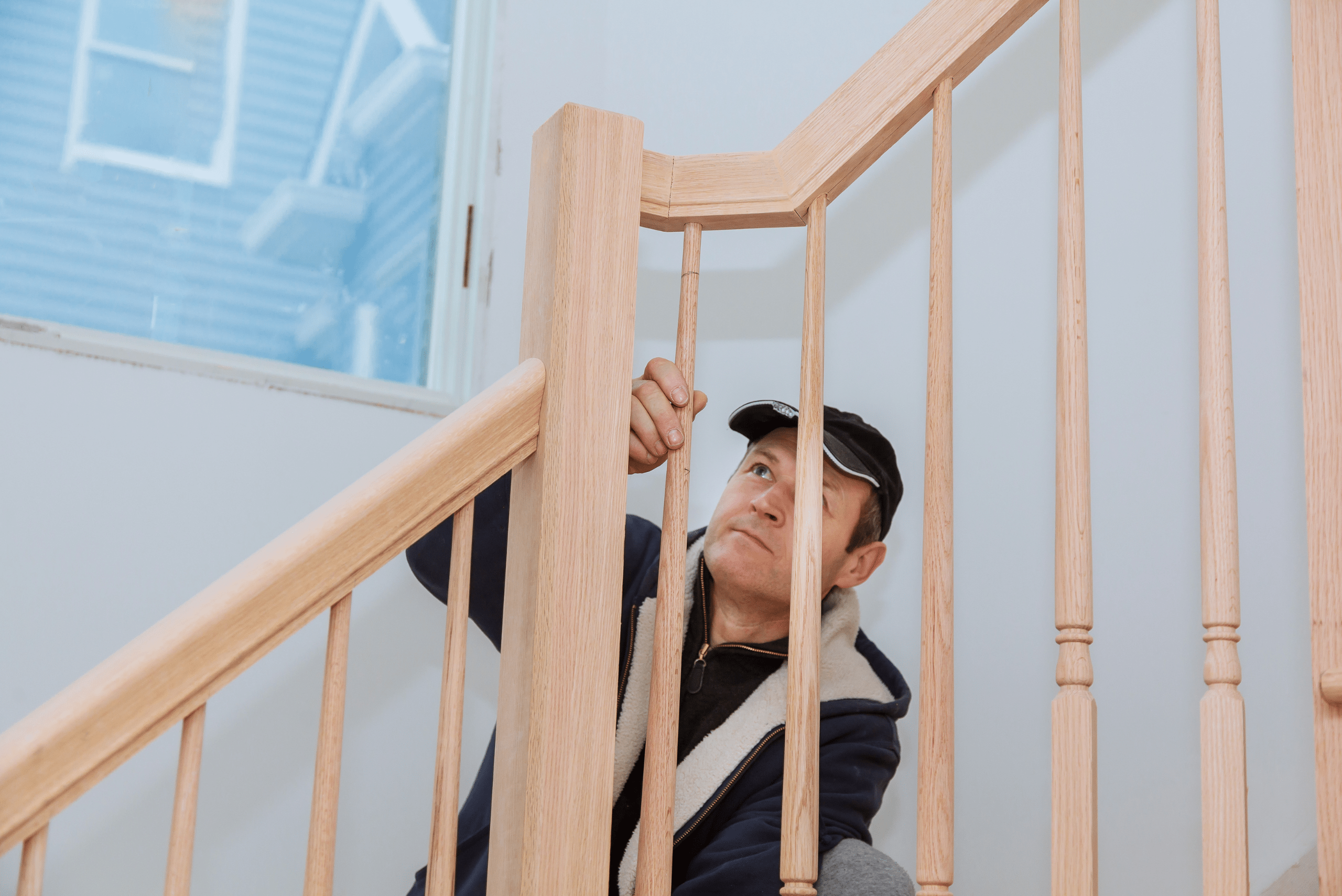
Wooden stair railings can become loose at the joints, particularly where the balusters meet the handrail or where the posts are connected to the base. In these cases, wood glue can be a simple but effective solution. Apply the wood glue to the affected joints and use clamps to hold the pieces firmly in place while the glue dries. Make sure to wipe away any excess glue for a clean finish.
Allow the glue to dry according to the manufacturer’s instructions before testing the railing. Once it’s cured, the wood glue should provide a strong bond that helps eliminate wobbling. This method works well for minor looseness in wooden railings but may not be suitable for larger structural issues.
Related Articles
- How to Build Sturdy and Stylish Stairs for a Deck
- Your Guide to Different Types of Drywall Anchors
- How To: Using The “Rule Of 17” For Building Stairs
By following these simple steps, you can quickly fix loose or wobbly stair railings and restore their stability. Whether it’s tightening screws, reinforcing with wall anchors, or replacing worn-out brackets, these quick fixes will ensure your railing is secure and safe for everyday use. A sturdy handrail not only enhances the appearance of your staircase but also provides peace of mind, knowing your home is free from potential hazards.
Ready to start your next project? Join our DIY community to receive tool tips, how-to guides, and exclusive creative insights. Subscribe to the ManMadeDIY newsletter now! Click here to unlock a world of hands-on inspiration.






